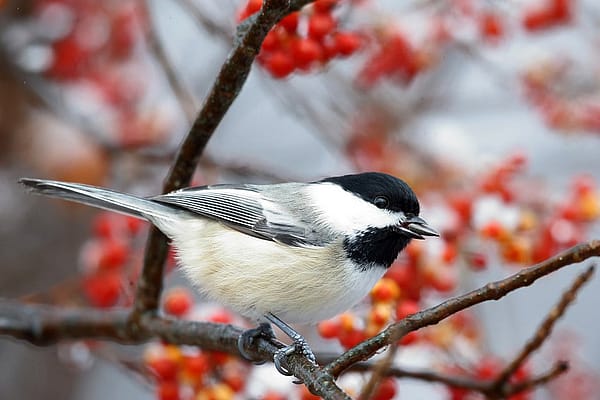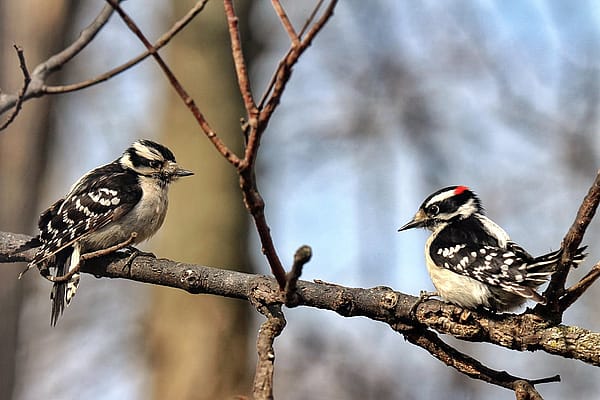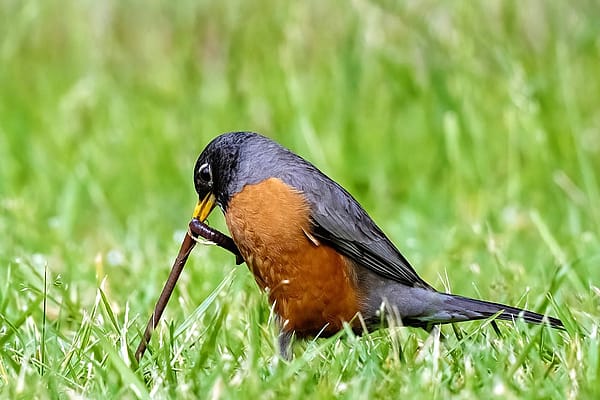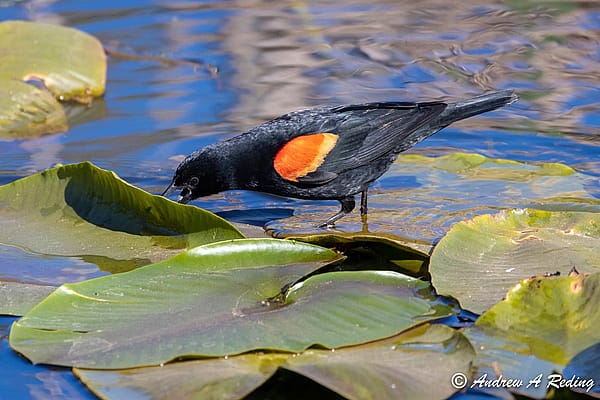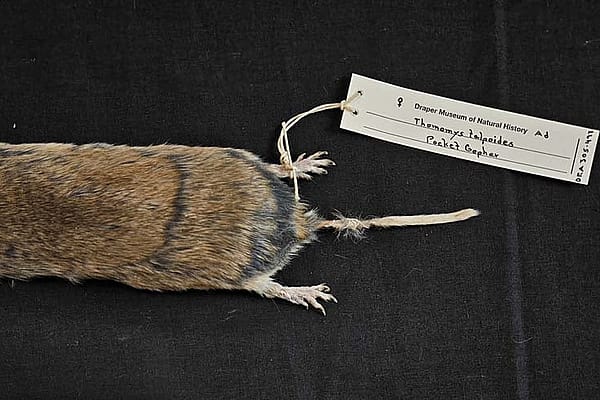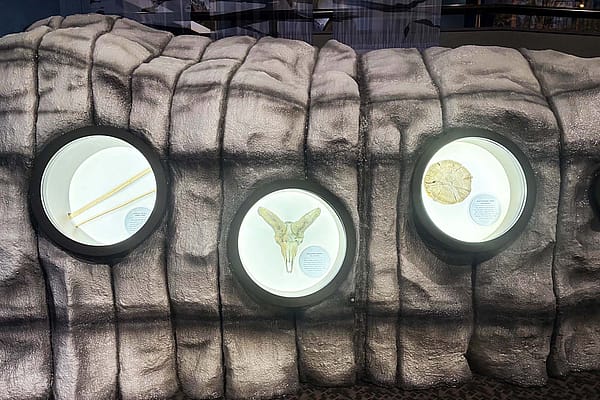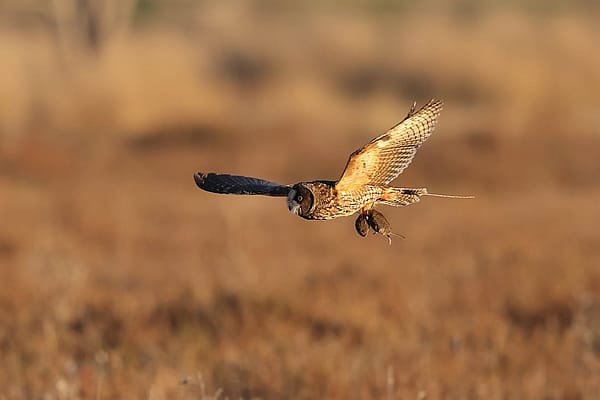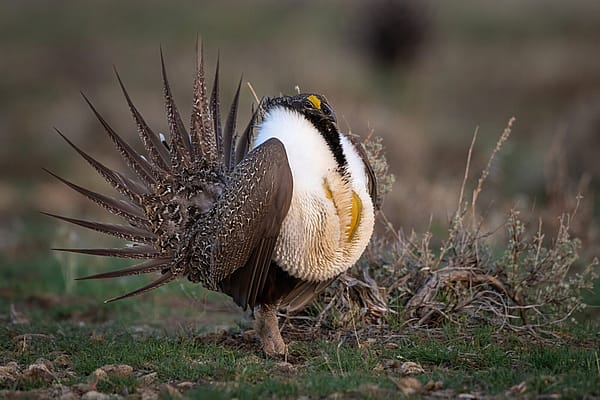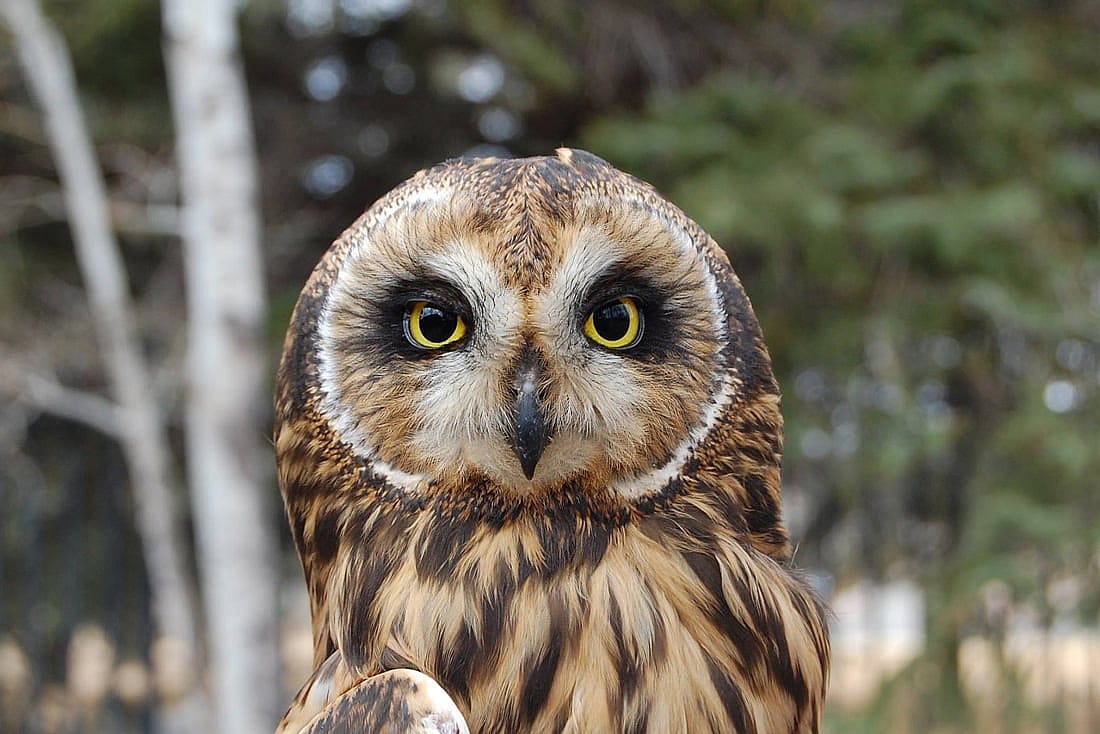
Owl Sounds: Not Just Hooters
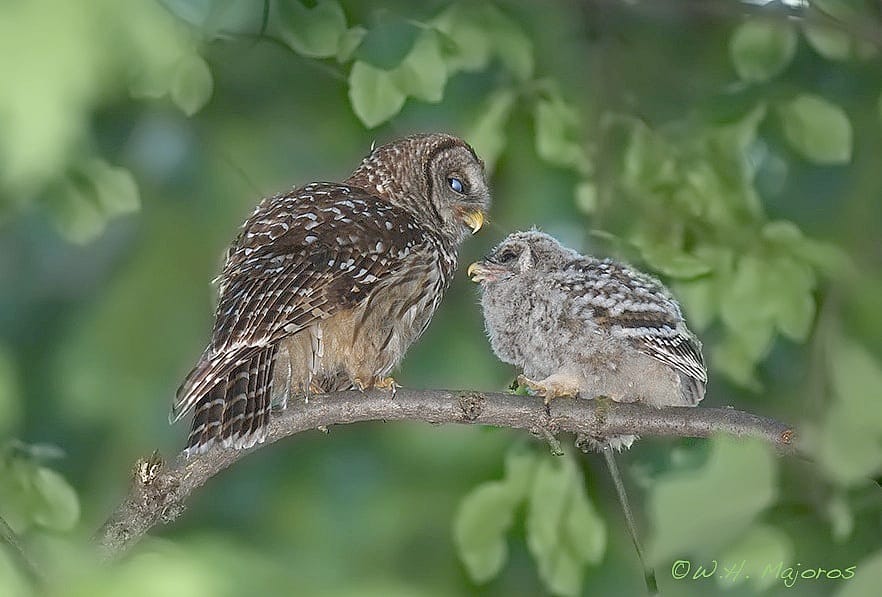
This blog describes sounds from a few owl species, as well as offering you sound bites to listen to.
If I ask you what sound an owl makes, my guess is many of you would say, “Hoo Hoo.” So let’s begin with a common sound bite.
The sound you just listened to was a pair of Great Horned Owls hooting back and forth. Did you notice the difference in pitch? The deeper one is the male, and the higher pitched the female. This is the typical sound that is associated with owls. In fact, it is so common that many people use the term “hooters” as a nickname for all owls.
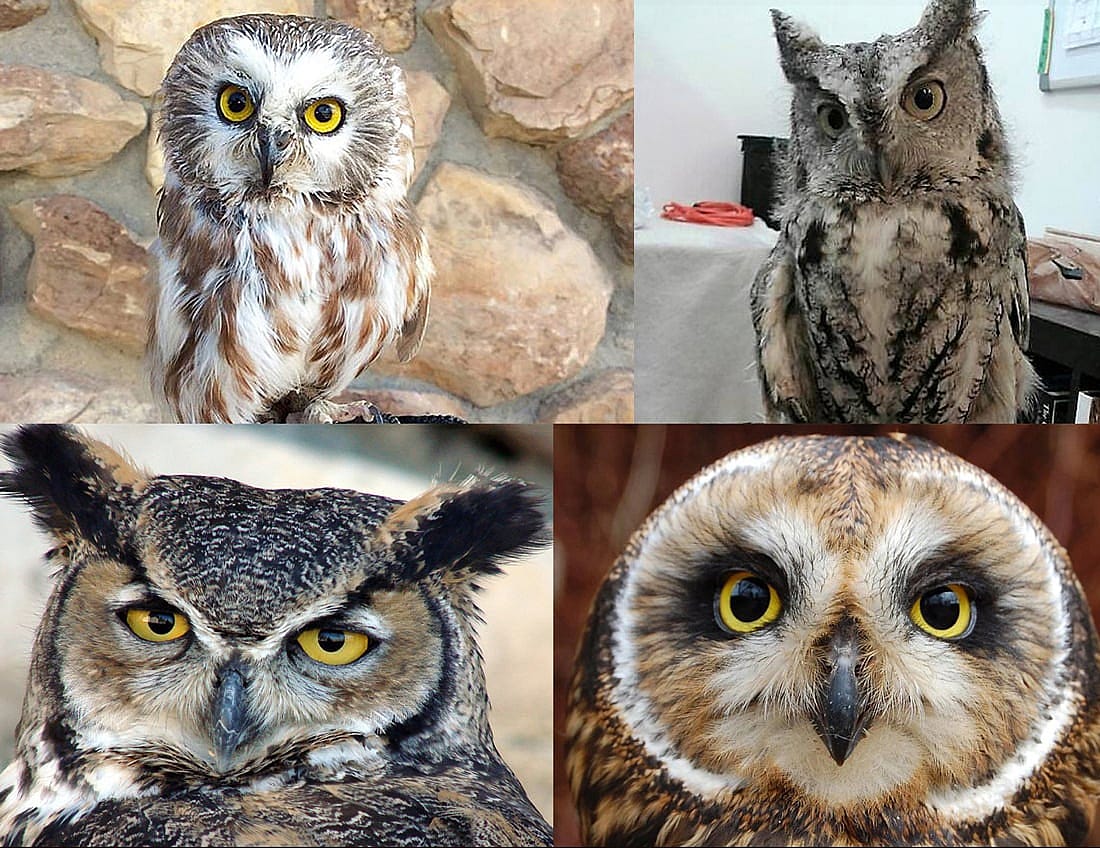
What Do Owl Sounds Mean?
Owls vocalize for a variety of reasons and the amount of noise they make varies with the time of year. There are seasons when many owl species are mostly quiet and other seasons when they are frequently calling. The quiet season is commonly during nonbreeding times.
During the noisier part of the year, owls may use sounds for communication. An example of this was heard in my opening sound bite of Great Horned Owls calling back and forth. These duets help the owls keep in touch with each other as well as reinforce their pair bond.
Similarly, warning calls can signal to a mate that a predator is nearby. Owls also use sound to advertise and defend their nests and territories. In addition, males may use their territorial calls to attract mates. Plus, like many other birds, chicks use begging calls when parents arrive with prey.
What Sounds Should You Expect to Hear?
Despite common beliefs, what you hear may not be what you expect. Owls aren’t just “hooters.” They are also “screechers,” “tooters,” and much more. Coupled with this, owl sounds also vary greatly in rhythm, accents, and length of calls. In addition to these sounds, owls also perform beak snapping and hissing.
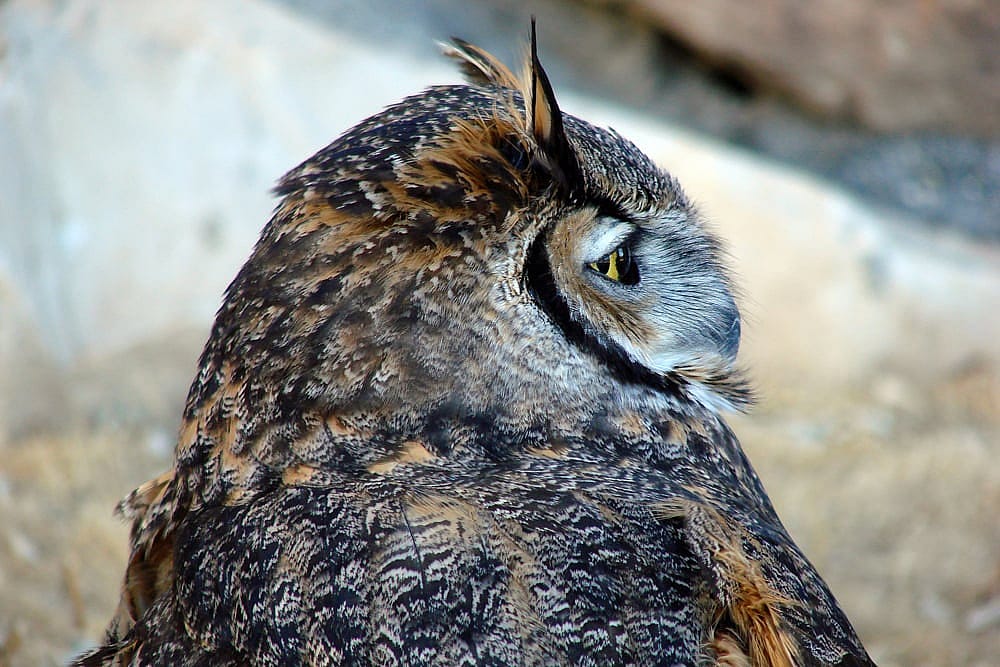
Hooters (Remember this blog is about owls.)
A few examples of owls whose common calls are hoots are Great Horned Owls, Long-eared Owls, Great Gray Owls, Eurasian Eagle-owls, and Barred Owls. The Barred Owl call is commonly described as sounding like, “Who cooks for you? Who Cooks for you all?”
Listen to the Barred Owl asking about your cooking here.
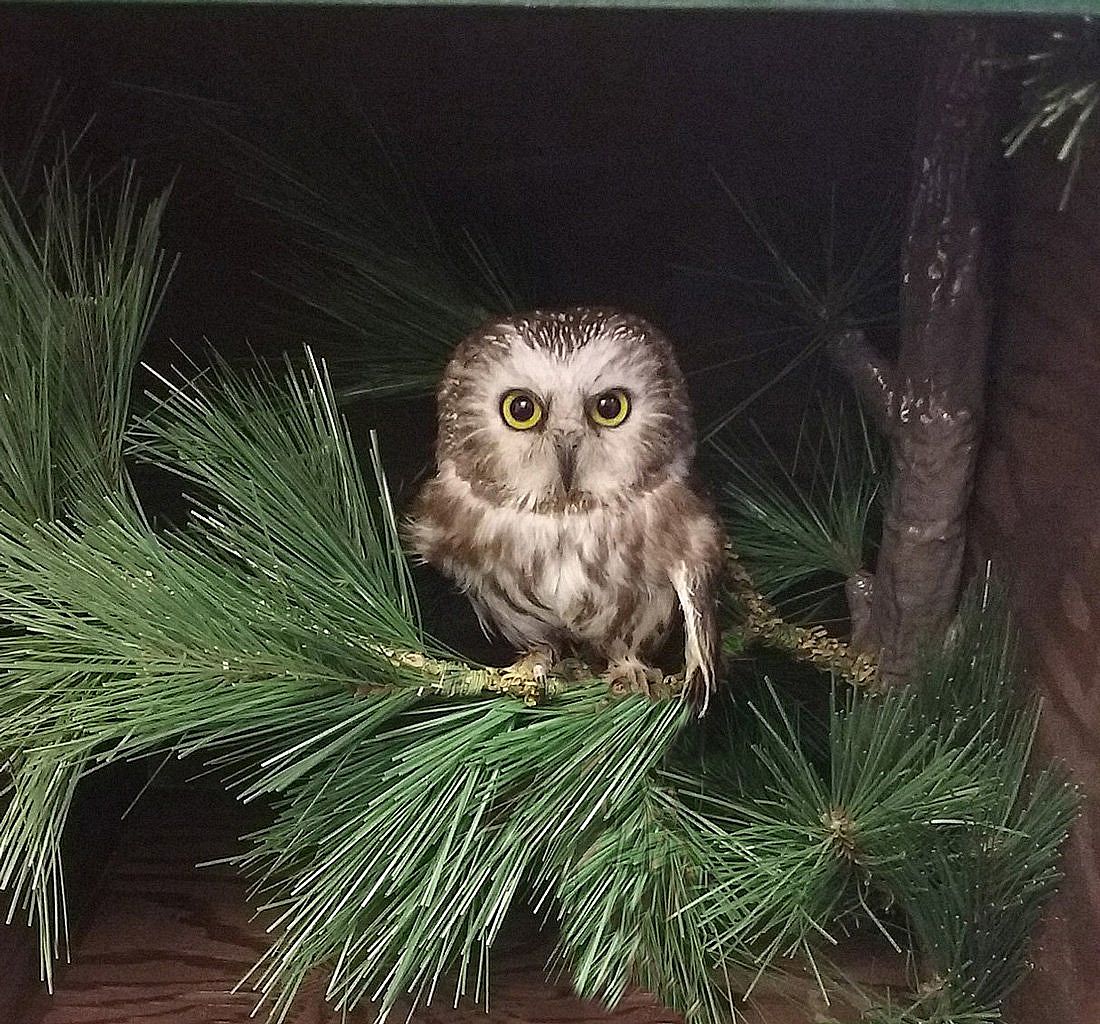
https://centerofthewest.org/explore/greater-yellowstone-natural-history/raptor-experience/saw-whet-owl/
Tooters
Tooters tend to be smaller owls such as Northern Saw-whet Owls, Boreal Owls, Western Screech-owls, and Eastern Screech-owls. These toots are usually high in pitch and may be heard as clear whistles or quavering toot-like hoos.
The Draper Museum Raptor Experience has both a Saw-whet Owl and an Eastern Screech-owl as education ambassadors. The Saw-whet’s call reminds me of a commercial truck backing up. This call is a series of short whistle-like toots, all on the same pitch. These are repeated over and over and may last for several minutes. Though our owls tend to be quiet, I have heard our Saw-whet, Remington, doing his truck backing up call a number of times.
Listen to a Saw-whet Owl here.
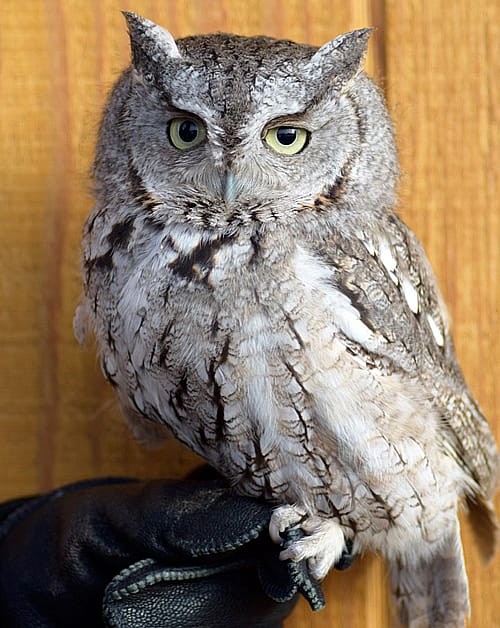
Despite its name, a screech-owl’s common call is not a screech. Eastern Screech-owls commonly make a series of quick toots that produce a descending trill that sounds like a high-pitched horse whinny. Furthermore, its toots may also have a whistle-like one-pitch trill sound. On the other hand, the Western Screech-owl produces a one-pitch sound that becomes faster and faster similar to a bouncing ping pong ball.
Listen to the Eastern Screech owl’s whinny here.
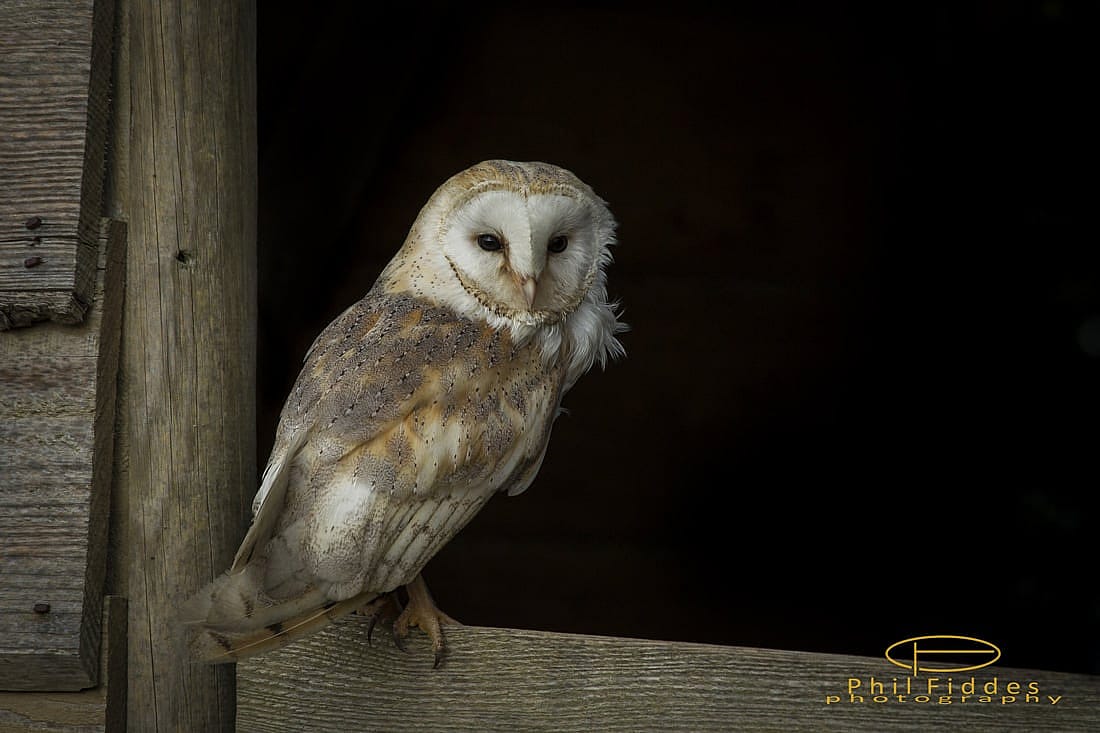
Screechers
All owls in the genus Tyto (containing primarily the barn owls, grass owls, and masked owls) are screechers. Barn Owls have a raspy screech, which is sometimes referred to as a shriek. Although many other owls also screech, it is the Barn Owl that uses this frequently as their main call.
Check out a Barn Owl call here.
Many fledglings of other owl species use a screeching call even if, as an adult, they will mainly be a hooter. Great Horned Owl chicks are an example. These screeches are generally used as chicks beg for food from their parents.
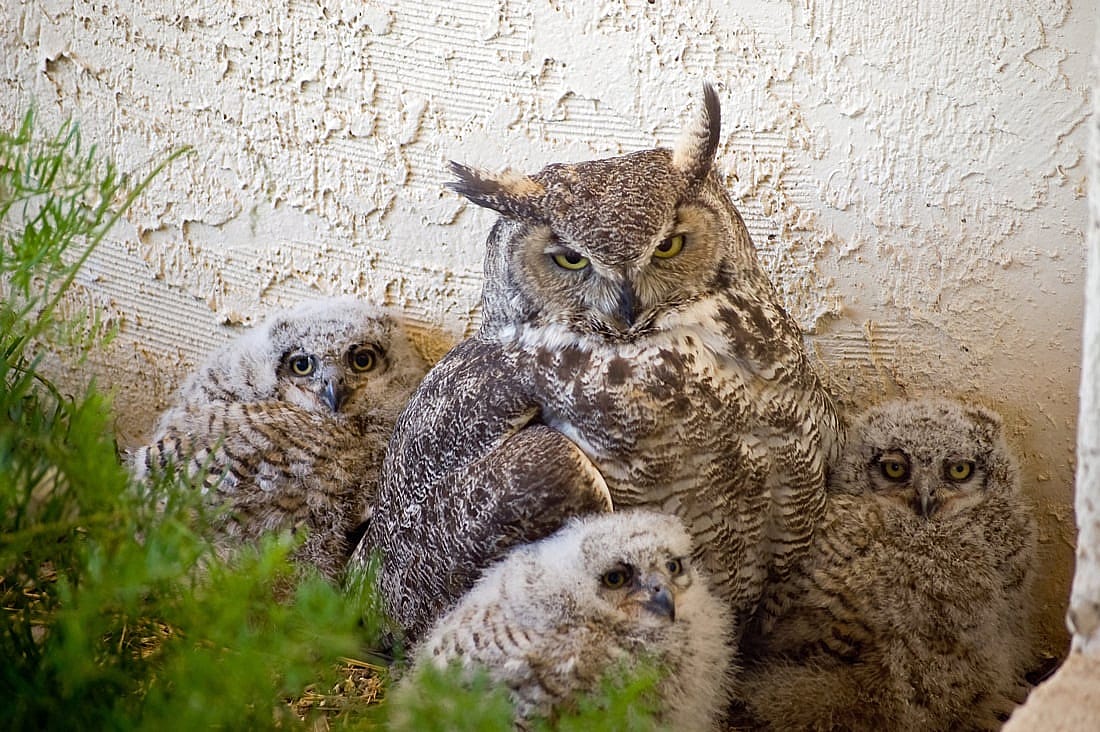
Other Owl Sounds
Great Horned Owls are typically hooters. But, like other owls, it isn’t their only sound. They may also scream, do a cat-like MEEE-Owww, bark, growl, shriek, and coo as well as produce wavering cries, hisses, and beak snaps.
Listen to this Great Horned Owl sound similar to a growl.
The Barred Owl call (previously described as sounding like, “who cooks for you”) can sound completely different. For an audio demonstration, check out this link which includes the common call of the Barred Owl as well as other calls you may hear them make.

The Cornell Lab of Ornithology’s All About Birds website tells us that male Short-eared Owl calls are made up of a number of hoots, especially during times of courtship. However, a high pitched scratchy bark-like call is also very common with both sexes. Furthermore, they scream, hiss, and snap their beaks. Plus, females may occasionally make a chicken-like clucking call.
My favorite Short-eared Owl sound, however, isn’t a vocal sound at all – it is wing clapping. This will be performed by adults, particularly the male to impress the female, during courtship. Short-eared Owls also use wing clapping to advertise their territory.
Listen to various Short-eared Owl sounds, including one with the wing clap at this link.
In addition, the Burrowing Owl has a sound that mimics that of a rattlesnake. Listen to this 1:45 minute BirdNote story featuring this sound.
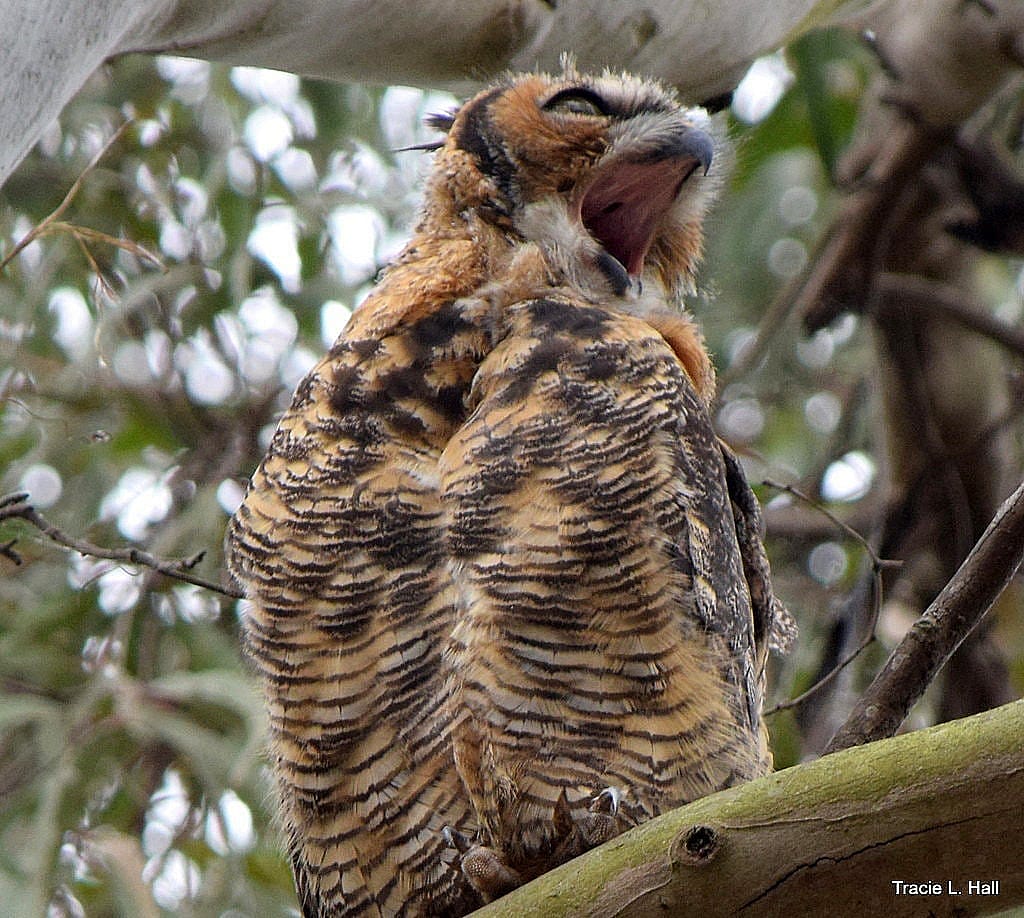
In Conclusion
In the final analysis, if you hear a strange, unfamiliar sound at night that isn’t a hoot, it could still be an owl. Below are a few videos demonstrating various owl species and their sounds.
This excellent video lasts 11:21 minutes and features 19 owls. Besides demonstrating how they look and sound, it also shows where they reside in the world. I suggest you turn your sound up, and if you have earphones or speakers, use them.
This is a 1:40 minute video from Cornell featuring sounds from four varieties of owls.
If you are still looking for owl sounds, or didn’t hear one you are interested in, check out the Owl Pages website which features 134 Owl species from around the world.
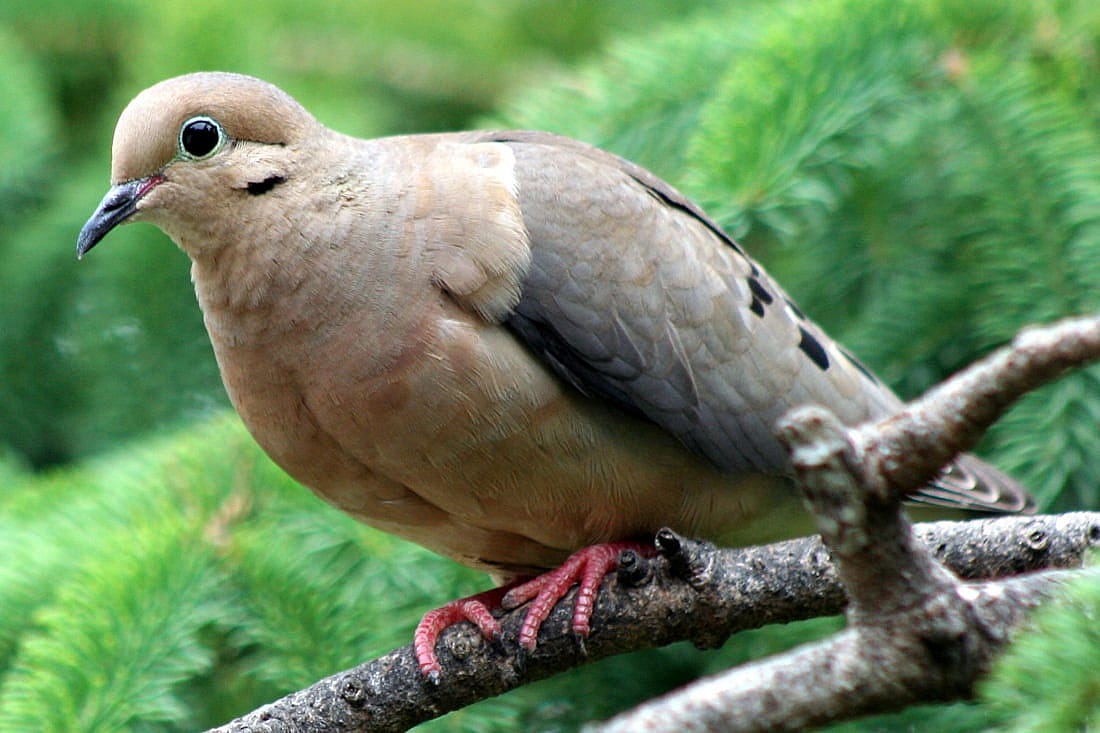
A Warning
And lastly, don’t get fooled by doves. A number of doves, including Eurasian Collard Doves and Mourning Doves, also have hoot-like calls.
The first sound bite on this page is of an Eurasian Collard Dove.
The first sound bite here is from a Mourning Dove.
Photos:
Barred Owl with Chick by Bill Majoros, Attribution-ShareAlike 2.0 Generic License, https://www.flickr.com/photos/thirdbirdfromthesun/
Collage of Draper Museum Raptor Experience (DMRE) Owls composed of Great Horned Owl photo by author, the remainder photos belonging to the Draper Museum Raptor Experience..
Teasdale, the Great Horned Owl by Author, Attribution-NoDerivs License, https://www.flickr.com/photos/157982666@N07/albums
Photos of Monte and Remington, the Draper Museum Raptor Experience’s Eastern Screech and Saw-whet owls property of the Draper Museum Raptor Experience.
Barn Owl by Phil Fiddes, Attribution 2.0 Generic license, https://www.flickr.com/photos/philjose1878/
Great Horned Owl family by Ken Bosma, Attribution 2.0 Generic license,
https://www.flickr.com/photos/kretyen/
Amelia the Draper Museum Raptor Experiences Short-eared Owl property of the Draper Museum Raptor Experience.
Great Horned Owl with mouth open by Tracie Hall, Attribution-ShareAlike 2.0 Generic License (Note this license allows me to transform the photo as long I indicate changes made. I have changed the contrast and focus on the photo. ) https://www.flickr.com/photos/twobears2/
Morning Dove by Robert Taylor, Attribution 2.0 Generic license, https://www.flickr.com/photos/bobolink/
Written By
Anne Hay
Anne Hay has a Bachelor's degree in Elementary Education and a Master's in Computers in Education. She spent most of her working years teaching third grade at Livingston School in Cody, Wyoming. After retiring she began doing a variety of volunteer work for the Buffalo Bill Center of the West’s Draper Natural History Museum. Anne loves nature and has a concern for the environment. She believes that educating the public, so that they will have a better understanding and appreciation for the natural world, is very important. Because of this belief, volunteering at the Center is a perfect fit. She spends time in the Draper Lab, observing eagle nests for Dr. Charles Preston’s long-term research project on nesting golden eagles, writing observation reports of raptor sightings in the Bighorn Basin, and working with the Draper Museum Raptor Experience. Anne states that, “Having a bird on my glove, is one of my all time favorite things in life.”
